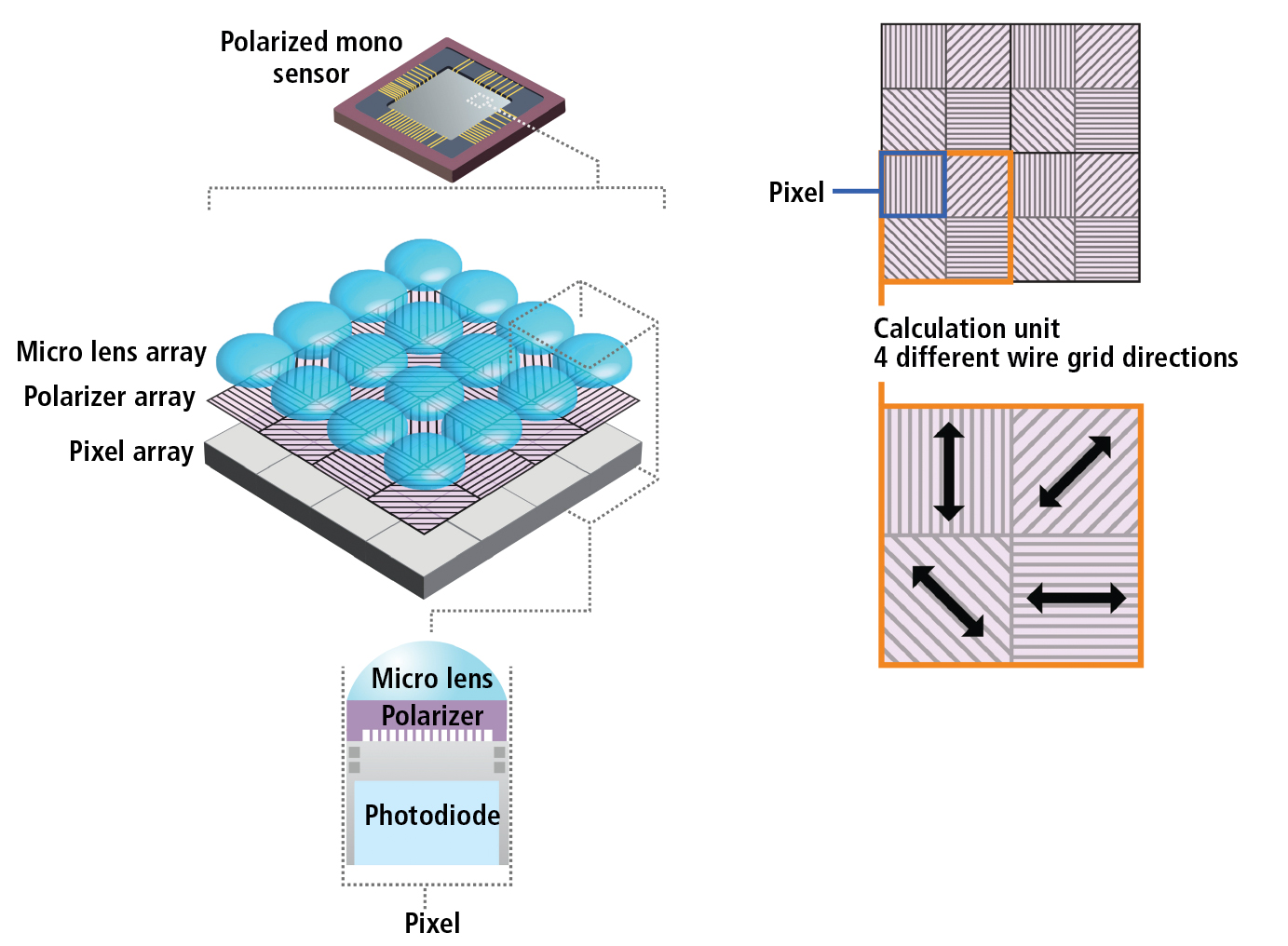
EEG artifacts can be classified depending on their origin, which can be physiological or external to the human body (non-physiological). The ability to recognize artifacts is the first step in removing them. Physiologic artifacts originate from the patient and non-physiologic artifacts originate from the environment of the patient.” ( EEG Artifacts, Springer) Types of EEG artifacts Awareness of logical topographic field of distribution for true EEG abnormality is important in distinguishing artifact from brain waves. Some artifact may mimic true epileptiform abnormalities or seizures. “Artifacts are signals recorded by EEG but not generated by brain. Thus, an artifact occurs when there is the noise registered by the system that contamines the neural EEG data ( Urigüen & Garcia-Zapirain, 2015). We denote an “artifact” as any component of the EEG signal that is not directly produced by human brain activity (under some circumstances neural processes generated by the brain can themselves be artifacts, but we skip them from the text as they are restricted to very specific research contexts). These electroencephalographic signals (EEG) are transmitted through tissue, bone, and hair before it is recorded, and by then its amplitude is very attenuated ( Sörnmo & Laguna, 2005 Nunez & Srinivasan, 2006). A single electric signal from neuron to neuron is not recordable but when millions of neurons synchronize, the electric field generated can be measured from the scalp.

Biochemistry exchanges between cells produce small electrical activity when the neurons communicate among them.

We review in this post different EEG artifacts and the main tools and techniques to remove them. The EEG signal amplitude is in the microvolts range and it is easily contaminated with noise, known as “artifacts”, which need to be filtered from the neural processes to keep the valuable information we need for our applications. One of the main concerns when dealing with electroencephalographic signals (EEG) is assuring that we record clean data with a high signal to noise ratio.


 0 kommentar(er)
0 kommentar(er)
